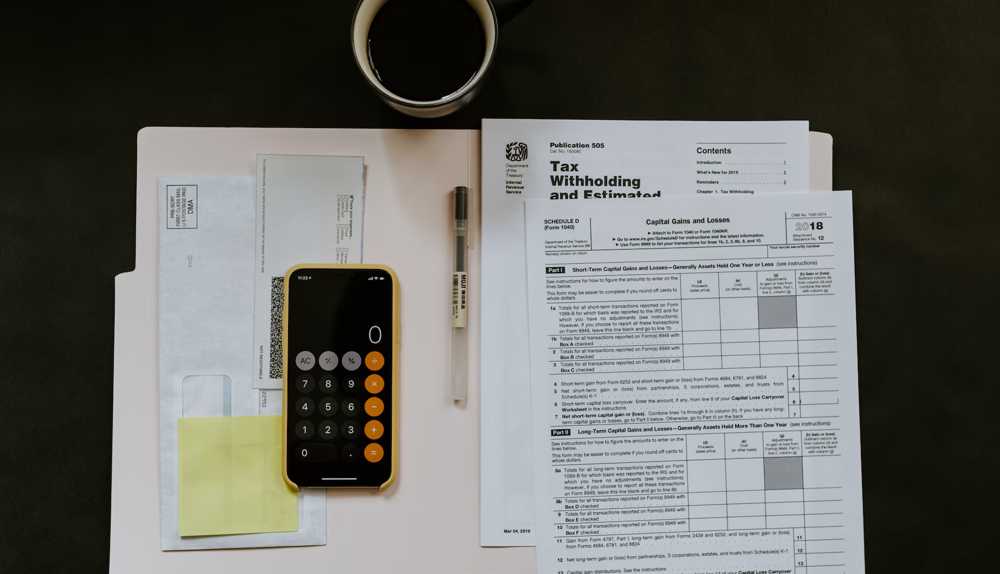Creating the Ideal Property Management Chart of Accounts
- November 10, 2022
- admin
- Category: Property Management

A Chart of Accounts is a way to track the financial items and expenses associated with a business. It can be helpful in planning and budgeting, generating reports, tracking spending, and making sure that all transactions are properly recorded. Chart of Accounts also help you keep tabs on where your money is going every month or quarter. In this post, we’ll talk about how to set up a system for managing your property management portfolio in order to have an ideal chart of accounts (COA).
What Is a Property Management Chart of Accounts?
A chart of accounts is a list of all your company’s financial records, including income, expense and capital accounts. It provides a framework for differentiating between the various types of expenses you incur as well as identifying where money is coming from or going to.
The purpose of a chart of accounts is to keep track of all your financial transactions so that you can easily see what’s being spent on which account when it comes time to make payments and invoices.
There are two ways you can set up a chart: manually or digitally (likely using software). If you’re using manual methods such as paper or Excel spreadsheets then try not to go overboard with too many columns since this will just slow down data entry further down the road when trying to find anything specific quickly!
Why Do You Need a Chart of Accounts?
You need a chart of accounts because it will help you keep track of your finances and measure the performance of your business.
A good chart of accounts will also help you make better business decisions, giving you more information about what’s happening with your company—and making it easier for others to understand how they should spend their time and money as well.
Finally, having a good chart of accounts may even save you money later on! It’s important to prepare for tax season by keeping accurate records about income & expenses related to running an efficient operation.
Basic Components for Chart of Accounts for Your Property Management Portfolio
There are three basic components of a chart of accounts:
A General Journal (or Ledger)
- A general journal is a record of all transactions that occur in the account. Each entry includes a description of the transaction, who performed it, what they did and when they did it. This helps you identify patterns in your business’s financial activity over time.
An Asset Register
- An asset register is a list of all the assets your business owns. It includes information such as the item’s description, location, and purchase price. This helps you keep track of the value of your possessions over time. A Liability Register A liability register is a list of all debts your business owes. It includes information such as the amount owed, who it’s owed to, and when it was incurred.
A Property Account
- A property account is a list of all the properties your business owns. It includes information such as the item’s description, location, and purchase price. This helps you keep track of the value of your possessions over time. A Cash Flow Account A cash flow account records all money entering or leaving your business’ bank accounts.
Best Tips for Chart of Accounts
The chart of accounts is one of the most important documents in your business. It shows how you manage your property and can prove valuable when it comes to setting up finance, tax or legal matters.
But as with any legal matter, there are a few best practices to follow if you want to keep things simple and effective:
Keep it simple. If you have an existing system or template for your chart of accounts that works well for your company’s needs, use it! You don’t need fancy software just because everyone else does—but if you do decide on something new (or old) then make sure it supports all departments’ needs so they’re comfortable using it too.
Define your accounts. You need to know what you’re tracking and what each account means so you can ensure accurate financial reporting. How much time do you have? If you have a lot of time on your hands, then go ahead and create a chart of accounts from scratch; otherwise, use one that already exists!
If you’re using software to manage your accounts, then look for the “Chart of Accounts” or “G/L Account Structure” feature. You’ll probably be able to easily create a chart of accounts based on your business needs.
Dedicated Person To Update the Chart of Accounts
The chart of accounts should be updated at least once a year. It’s best to have someone in your organization who is responsible for updating the chart of accounts and making sure that it reflects current financial information.
A good time to review your property management company’s Chart of Accounts is after tax season when you have done an analysis of how much profit or loss was made in each department based on previous years’ reports. You can then use these numbers as a baseline for future budgets so that no additional costs will be incurred by having inaccurate valuations due to faulty reporting methods and/or inaccurate recording procedures during previous periods (e.g., manual inputting versus electronic logs).
If someone has been designated as responsible for updating the chart of accounts, they should do so at least once per quarter—and more often if necessary—to ensure accuracy throughout all departments within your property management company
Regularly Update the Chart of Accounts
The chart of accounts is an important tool for keeping track of your business’s financials. But it could also be a lot more than that, if you use it to its full potential and make it an integral part of your day-to-day operations.
One way to do this is by updating the chart of accounts regularly and consistently—every few months or so, depending on how often you update other systems in your business (such as payroll records). This can help ensure that everything stays organized and accurate while also giving everyone involved with managing money at least some sense of what’s going on within their department(s).
Another way would be to have someone else take over these duties from time to time; perhaps one employee has been doing all the recordkeeping for years now, but another one will soon become available due to retirement or hiring new employees. In either case, having someone else enter data into these charts allows for greater oversight over all aspects related thereto without having them sitting around unused waiting until December 31st comes around again next year before anyone remembers about them!
Software for Chart Of Account
A chart of accounts is a financial statement that shows how much money is being spent on particular types of expenses, including rent and utilities. The chart of accounts is used by the property management company to keep track of all the money it takes in and out each month.
The best way to create an ideal chart of accounts is through software that automates this process for you. There are several options available:
- Property Management Software: This type of software allows users with minimal knowledge about accounting or general ledger systems (which are required when creating your account) to create simple yet accurate records quickly and easily. The software also provides reports so you know exactly where your company stands financially at any given point in time without having any previous experience running a business or keeping track of finances yourself!
- Accounting Software: This type of software is designed for accountants, bookkeepers, and business owners who already have experience keeping track of their finances and want to do it accurately. These programs are very advanced and can be difficult for people with little knowledge of accounting systems.
- A good financial software program is an essential tool for any business or accountant. These programs are usually fairly expensive, but they can save a lot of money if you know how to use them correctly!
Record Everything in Chart of Account
The Chart of Accounts is the foundation of all financial reporting. It’s an important tool for tracking and recording information, but it also helps you see trends and patterns in your business by making it easier to analyze performance over time. Therefore you should record everything in your Chart of Account
Chart of Account Should Have Very Few Miscellaneous Items
The chart of accounts is a crucial tool for keeping your business running smoothly. It’s important to keep the chart of accounts simple and easy to understand, but it’s also vital that you only include items that are relevant to your business.
For example: if you own an ice cream shop, then having an “Inventory” account in your chart of accounts might be helpful as long as it also includes all of the other items necessary for managing inventory (such as “Operating Expenses” and “Cash”). However, if you don’t sell ice cream or any other food products at all—or even if you do—then adding “Inventory” into this equation would be pointless because those things aren’t part of what makes up a typical small business!
Conclusion
Well, that’s it! The Chart of Accounts is the most important thing for any property management portfolio. Even if you have a great portfolio and manage your accounts in-house, you need to set up a chart of accounts so that you can accurately track your income and expenses. We hope this article has helped explain what a Chart of Accounts is, why it’s so important when managing properties, and how to create one for yourself or your clients.





